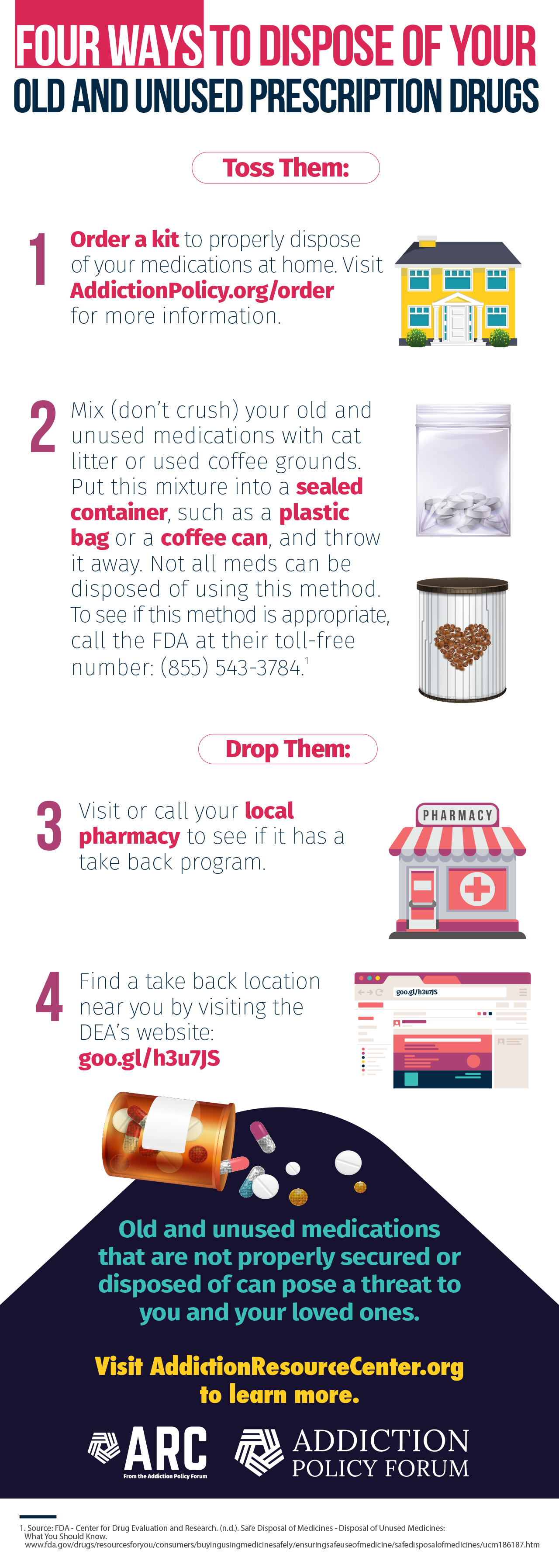2018-03-06T08:01:01
(BPT) – Childhood and adolescent vaccination is considered by many to be one of the greatest public health accomplishments of the 20th century, but based on the results of a new study by the Blue Cross Blue Shield Association (BCBSA), there is still more work to do to ensure children and teens are protected against the diseases vaccines were developed to eradicate.
The Blue Cross Blue Shield: Health of America Report shows childhood vaccination rates climbed 12 percent among young commercially insured members. Data shows 69 percent of young BCBS members born in 2010 were up-to-date on their CDC-recommended vaccinations by the age of 2 years and 3 months compared to 77 percent of children born in 2013.
The study also found that the rate of documented vaccine refusal — in other words, doctors charting parental refusal of vaccines for their children — went up by nearly 70 percent for children born in 2013 compared to those born in 2010 (4.2 percent versus 2.5 percent, respectively).
The result of vaccine refusal can be dangerous, not only for the child who is vulnerable to diseases like measles and diphtheria, but for the community at large.
It played itself out in Minnesota last year, when a measles outbreak in the Twin Cities exceeded the total number of cases reported in the entire U.S. the year before. Health officials didn’t have to look far for the cause. Spread of the highly infectious disease started in the state’s Somali-American community.
According to the Minnesota Department of Health, the vaccination rate among Somali-American children dropped from the high 80s to a low of 42 percent last year in response to the anti-vaccine movement’s targeting efforts, fueling the outbreak. But the disease wasn’t confined to the Somali community. It spread throughout the Minnesota public school system as well, infecting non-vaccinated children.
The disease is nothing to take lightly. At the low end, it causes fever, runny nose, cough, sore throat and a rash, but it can be deadly, spawning pneumonia, blindness and even encephalitis. One especially alarming complication lurks in the brain for years after a person has recovered and mysteriously reawakens, causing seizures, coma and death. No one who has contracted that complication has survived.
Low uptake of HPV vaccine
It’s not just childhood vaccines that parents are refusing. According to the BCBSA report, only 29 percent of adolescents received a first dose of the human papilloma virus (HPV) vaccine before their 13th birthday.
The HPV vaccine rates lag far behind other adolescent vaccines, meningococcal and Tdap, which have rates of 72 percent and 82 percent, respectively.
And that’s a problem. According to estimates from the Centers for Disease Control and Prevention, 31,500 people die every year from cancers caused by HPV.
It’s a heartbreaking statistic, especially because the American Cancer Institute estimates that, if all teens were vaccinated against HPV, cervical cancer would be eliminated within one generation.
What parents can do
The key to protecting children and teens from diseases like measles, rubella and HPV is vaccination, according to the CDC.
Talk to your child’s doctor about the safety and benefits of vaccination, if you have any doubt.
Vaccinate your children according to the CDC-recommended Seven-Vaccine series: Diphtheria, Tetanus and Pertussis (DTaP), Heamophilus Influenza (Hib), Hepatitis B (Hep B) Polio (IPV), and Measles, Mumps and Rubella (MMR).
Vaccinate your adolescent against HPV, Meningitis and DTaP.
For more information, or to download the Health of America report, visit www.bcbs.com/healthofamerica.
















